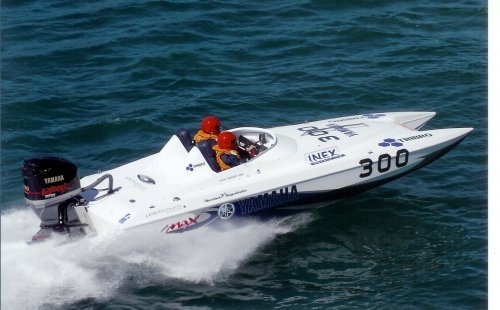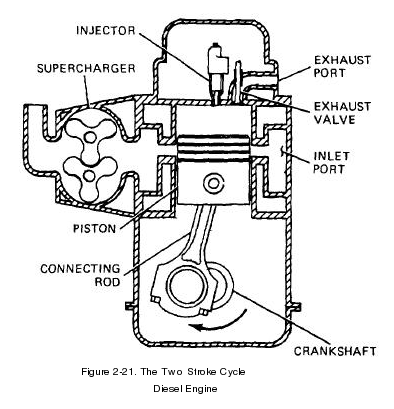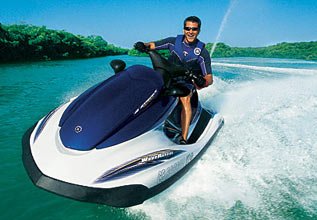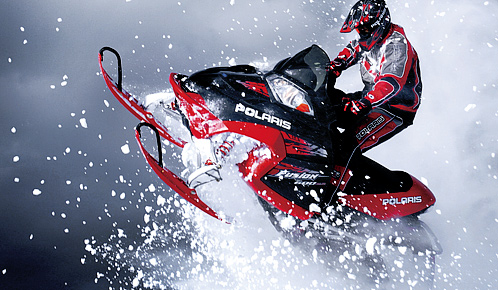Yamaha to Go Green

With people around the world concerned about the effect of pollution on the environment, Yamaha has committed itself to designing cleaner engines. In one of several steps towards clean energy, Yamaha has stated that it will manufacture electric motorcycles by 2010. These motorcycles will be able to travel about 60-70 miles on a single charge. In addition, Yamaha has extended efforts to make its existing technologies friendlier to the environment. For outboard motors, Yamaha has developed full synthetic outboard motor oil. This new Yamaha oil provides better engine performance, and is much easier on the environment. The new synthetic Yamaha oil is formulated for use in all kinds of Yamaha motors including outboards, motorcycles, WaveRunners, ATVs, and snowmobiles. Yamaha has also been at the forefront of designing cleaner and more efficient engines for almost a decade, and now has several available on the market.
Companies like Yamaha are designing the products that the modern consumer wants. In addition, with Yamaha products, consumers can rest assured that the product will still possess the same renowned quality expected from the Yamaha brand.








